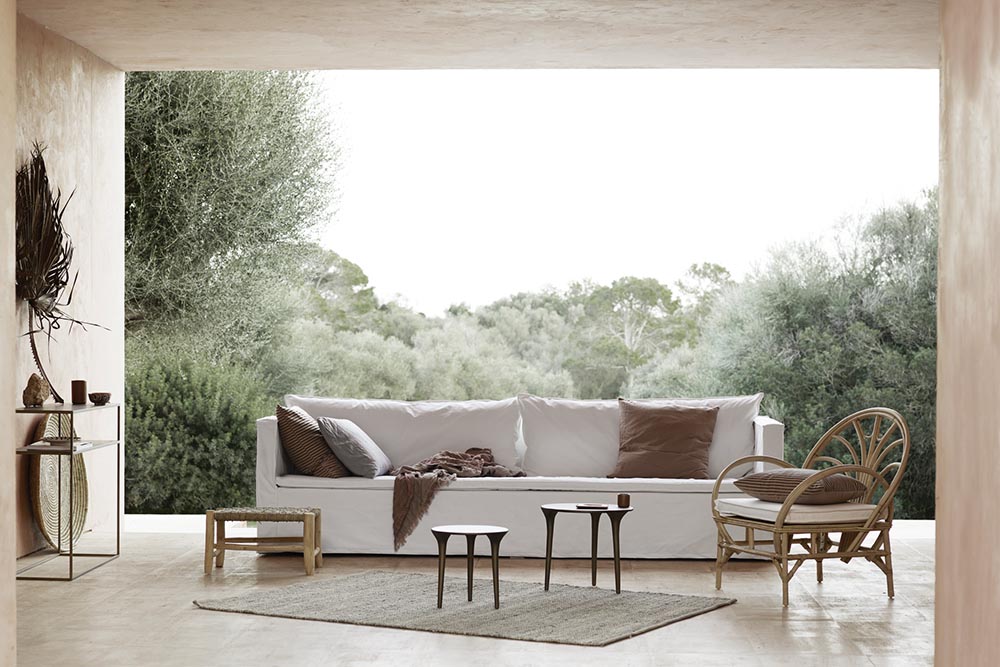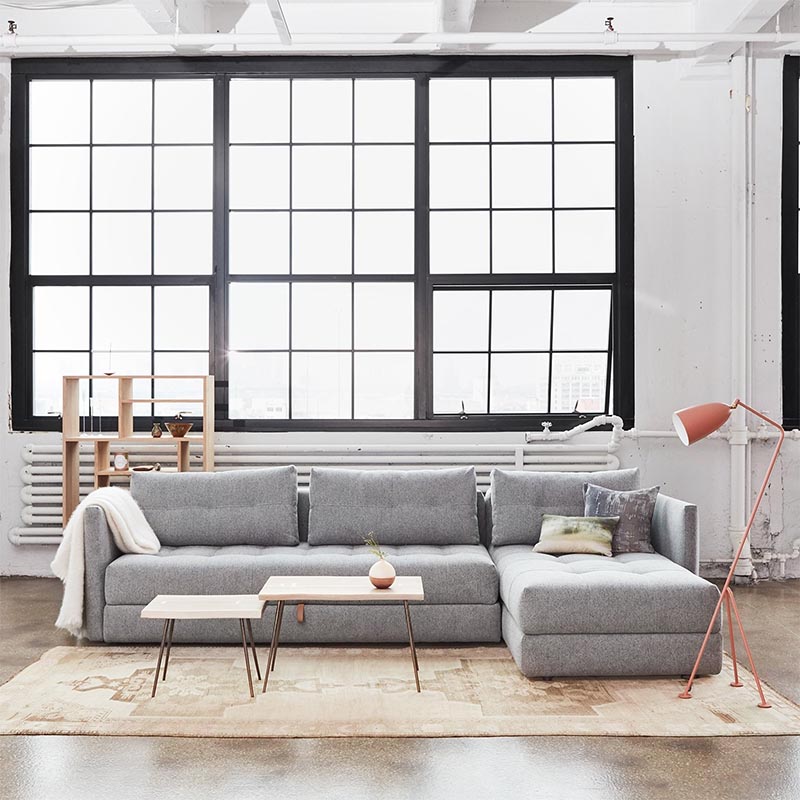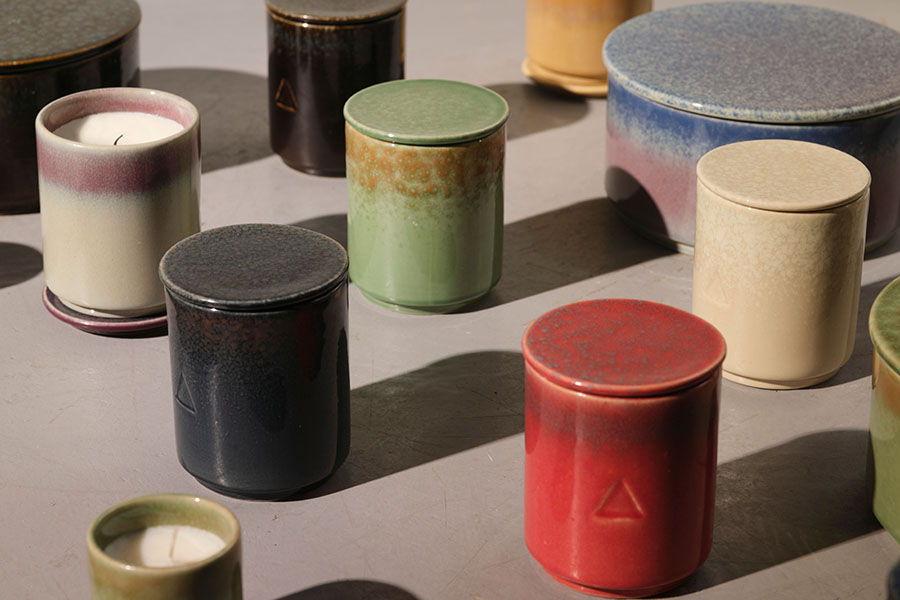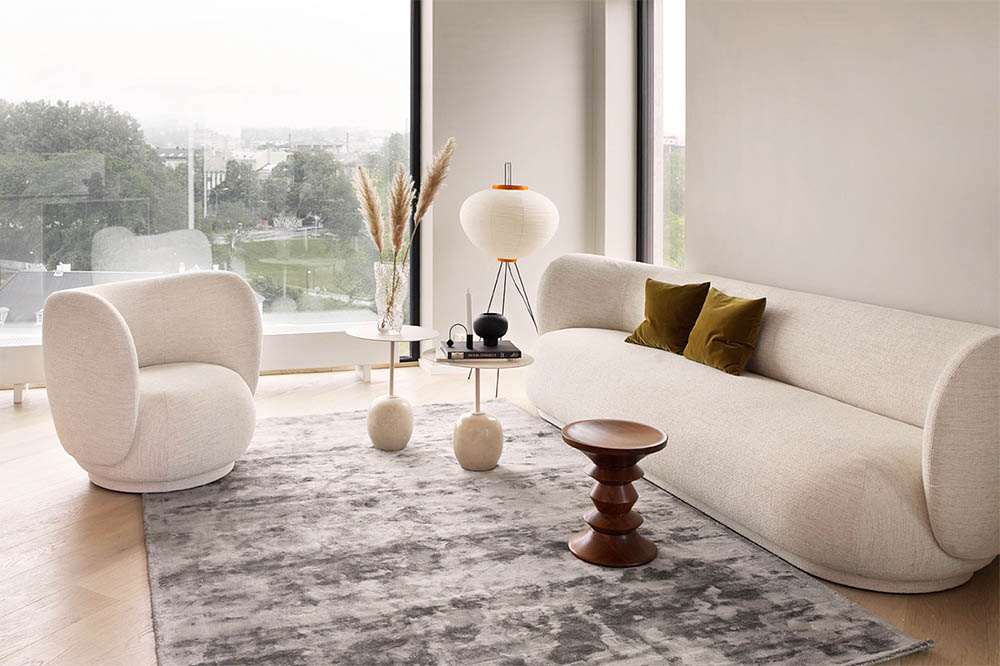[dropcaps type=’normal’ font_size=’65’ color=’#232323′ background_color=” border_color=”]I[/dropcaps] f there were ever a contender for the word of the 21st century, sustainability would at least be a finalist, right up there with collusion. While it’s not a new word – its first usage dates back to the 1700s – its meaning has altered over time to accord with the concerns of a given era. But the general principle remains the same: to ensure continued existence of life on earth and the life of the earth, for ourselves, our children, our children’s children, etc.
There has never been a time in which the concern for the future of human existence has been as central to the way we live our lives as it is now. And the concern is global. Nobody anywhere is free of the impact of global warming and the potentially irreversible damage done to the earth by humankind. We are all in this together as we have together caused this mess, and so it goes that we are all morally and ethically obligated to do our part. This is not to shame, and nor is it to suggest that you should travel exclusively by foot or bike, sell all your possessions and move to a yurt in the woods. There are myriad ways to make a difference, and none of them so small as to be insignificant or inconsequential, whether it be eliminating single-use plastics from your daily life, turning your lights off, wearing sweaters inside during the winter and keeping the heat down, not running the water while brushing your teeth.
The sustainability trend has infiltrated pretty much every industry, but some are slower to adapt than others. Because of the relationship between supply and demand, the demand for products that are doing damage — whether through how they are manufactured or what they are made of — needs to shrink, which puts a good portion of the onus on us, specifically the way we shop. Pretty straight-forward really: If we buy more hybrid cars, fewer gas-guzzling, carbon-monoxide pumping automobiles will be produced; If we buy and eat more organically produced food, not only do we help promote ecological balance but eliminate reliance on manufactured, processed products laced with artificial chemicals, flavors and colors, preservatives, hormones, antibiotics, and dependence on farming that perpetuates the use of fertilizers toxic to the environment, wildlife and ourselves; If we buy clothing produced sustainably and sourced responsibly, then we reduce the call for mass-produced, manufactured wares that will never disintegrate or return to and replenish the soil of the earth.
One of the markets that is finally beginning to embrace the sustainability trend is furniture. According to the Environmental Protection Agency, out of the 12 million tons of furniture and furnishings that were generated in 2017, more than nine millions tons ended up in landfills by the end of that year. Forty-thousand tons were recycled, and while that number is an increase from ten-thousand tons recycled in 2010, this can hardly be considered a meteoric rise. But there is hope.
Founded in 2006, the Sustainable Furnishings Council is a group of furniture designers, manufacturers and retailers with a mission: to help companies reduce their environmental footprints, and help consumers find eco-friendly furnishings. The board consists of heavy hitters from across the industry, including residential furniture giant Mitchell Gold, Steve Freeman, the vendor resource manager of Room & Board, editor-in-chief of Interiors magazine Ericka Heet, interior designer and Bravo TV personality Thomas Filicia, and the Council’s founder, Jeronimo Cooklin, who since the late nineties has sought to protect the rainforests of his native Peru through sustainable furniture-manufacturing processes. Since its founding, membership has grown from 70 to 400, making it the leading force in sustainability awareness in the industry.
One of the main goals of the Council is to promote responsible wood-sourcing practices. The Council has partnered with the National Wildlife Federation to encourage furniture retailers to incorporate regulations within their supply chains to ensure eco-conscious sourcing, and together they have established a scorecard which rates companies on their efforts. High-scorers include Cisco Brothers, IKEA, ABC Carpet & Home, Williams-Sonoma, Crate & Barrel, Costco, and Target. It is encouraging that these giant retailers have joined the cause, but as the scorecard indicates, there are considerably more low-scorers than high, with many of the nation’s top furniture outlets scoring 5 or less (top-scorers have 12 points or more).
IKEA has positioned itself as a frontrunner in its multifaceted approach towards integrating sustainability in its manufacturing practices. In addition to using only responsibly grown cotton (harvested with less water, fertilizer and pesticides) and ethically sourced wood (with a promise to be 100-percent FSC-certified by 2020), it has developed a bioplastic made from renewable plastic from the sugarcane industry, claiming that this shift will not only save 75,000 barrels of oil annually but drastically reduce CO2 emissions.
Many other top retailers, including West Elm, Crate & Barrel, have included sections on their websites dedicated solely to furniture that is made from wood certified by the Forest Stewardship Council (FSC), which ensures that the wood is sourced from responsibly managed forests. If you search for “reclaimed furniture” on Etsy, you are going to get over 20K results. Brands like Joybird and Vermont Woods Studios plant thousands of trees to replace what they’ve used to make their furniture and to restore what has been lost due to illegally harvested forests. Below is a partial list of retailers both large and small that are leading the industry to a greener future:
Another approach to consider is buying second-hand furniture. While the origin of whatever piece you buy might not meet the eco-standards of today, you are essentially recycling old furniture by giving it a second life and staving off its inevitable trip to a landfill. Inheriting hand-me-downs from parents or other family members achieves the same purpose. As much as you’ve always loathed that homely old dresser, strip it down, slap on some new paint or varnish, and, voila! Good as new. Who knows — you might even be able to turn it around an get a buck or two for it on a second-hand site, which leads me to resellers. In addition to eBay, Craigslist and Etsy, several sites have cropped up recently that deal exclusively in used and refurbished furniture:
Many of these sites sell like-new wares for considerably less, and you might even find the exact piece you are looking for so be sure to check them first before you go brand-new.
Yet another way to go, particularly for those who are nomadic, have no plans to settle down in the near future, or are moving and have no desire to lug all their old furniture to their new home, there is the growing trend of renting or leasing furniture. New furniture is expensive, and, like planting asparagus in your backyard, buying it symbolizes to some degree a longterm commitment to the space you are buying it for, as the furniture you purchase is site-specific to the space you are inhabiting and should suit the needs of your current lifestyle (that adorable kitchen table for two in your apartment’s kitchenette, for example, won’t fit the bill in a house in the suburbs or once kids come along, should either be in your future). Like buying used furniture, renting furniture gives renewed purpose to something old — one piece rented is one less produced. While Ikea is entering the testing phase of leasing furniture, there are several already established companies and startups dedicated exclusively to furniture rental, leasing, and rent-to-buy:
With both giant and startup retailers on board, furniture sustainability is a real movement not to be scoffed at. To repeat, everyone is in this together. There will always be deniers and cynics, but I think it is fair to say at this point in time the majority are believers and care about the future of humankind and the environment. From what you eat to what you wear to how you travel to the bed you sleep on, there are countless choices you can make as a citizen of the world to truly make a difference. Back to supply and demand — the suppliers, many of them at least, are taking action, so it is on the consumers to fulfill their end of the deal and change their demands. Take a little more time, do a little more research and think a little about the future before you invest. Do your part whenever you can, and if everyone does, our children, children’s children, ad infinitum, will be eternally grateful. #GoGreen! #GoSustainable! #GoEarth!
This article contains affiliate links. We may earn a small commission if a reader clicks through and makes a purchase.
Updated June 16 2020.









